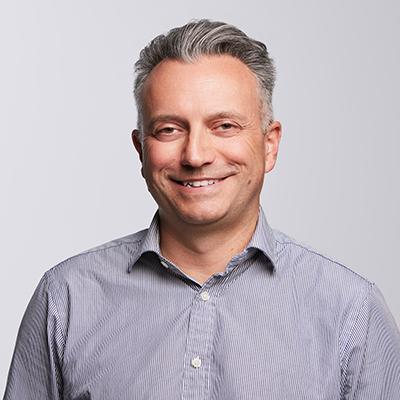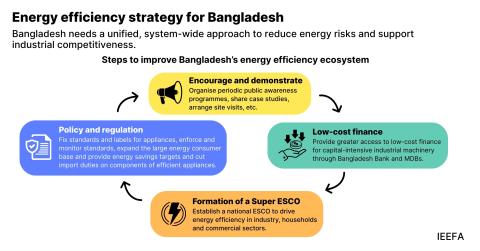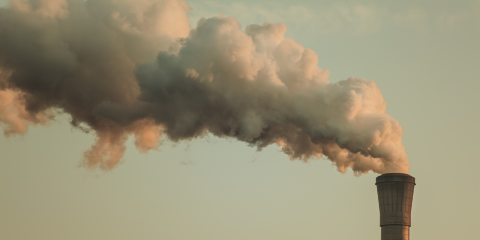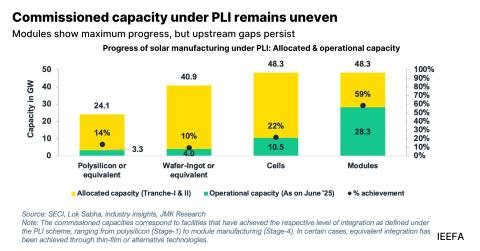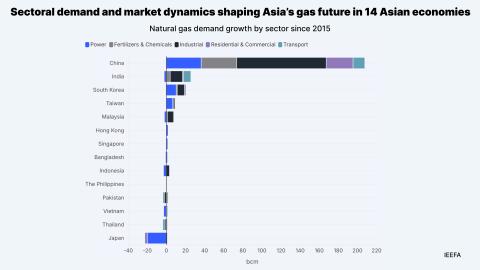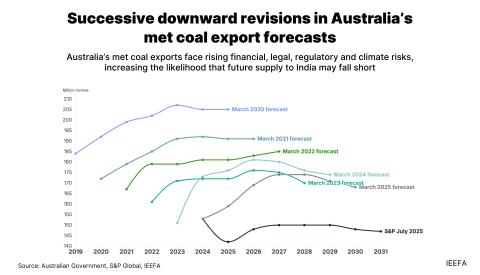South Australia’s green steel vision risks being derailed by carbon capture mirage

Key Takeaways:
The South Australian government is being led by gas interests towards technology that cannot fulfil its Green Iron and Steel Strategy.
Contrary to Infrastructure SA’s recent report on carbon capture, CCUS is not essential to decarbonise the iron and steel sector. The notion that CCUS is “tried and tested” ignores the technology’s long track record of failure and significant underachievement.
Santos suitor ADNOC operates the world’s only commercial-scale CCUS facility for steelmaking. It captures only about 25% of the steel plant’s emissions. In no way can the steel produced be considered “green”.
Locking into gas and CCUS will cost South Australia its emerging green iron and steel opportunity because you can’t make green steel with gas.
10 July 2025 (IEEFA Australia): South Australia’s ambition to become a world-leading green iron and steel producer could be jeopardised by shackling itself to deeply flawed carbon capture technology at the behest of the gas industry, according to a briefing note released today.
The SA government is considering a carbon capture and storage (CCS) plant to offset emissions at the embattled Whyalla steelworks as it transitions to green iron and steel production.
While both gas and green hydrogen can be used in direct-reduced iron (DRI) production, SA risks becoming locked into using gas and CCS, and with it the high costs, technical issues and failures that have plagued CCS projects worldwide, says Simon Nicholas, IEEFA’s lead analyst, global steel.
“The South Australian government cannot fulfill its Green Iron and Steel Strategy using gas with CCUS,” Mr Nicholas says. “CCUS cannot capture enough emissions to sufficiently reduce iron and steelmaking emissions.”
With its high-grade iron ore, SA has a world-leading opportunity to use DRI technology to process its reserves into iron for export and for further processing into steel at Whyalla.
However, committing to gas-based DRI production and associated infrastructure, such as CCS, could shut SA out of the global race to produce truly green iron and steel, for which some markets are already willing to pay a premium.
“You can’t make green steel with gas. Adding expensive CCUS in a vain attempt to make iron and steel ‘look green’ will only make it less competitive,” Mr Nicholas says. “Meanwhile, South Australia would fall behind other countries such as Canada and Brazil, which have truly green iron and steel opportunities based on clean power grids.”
A report for Infrastructure SA recommending CCS for Whyalla as part of a larger network in the state ignores the fundamental flaws and challenges of the technology. It also grossly overstates the potential of gas combined with CCS to rival green hydrogen-based steel production.
“This is not correct – carbon capture’s long track record of low capture rates means it cannot achieve the ~95% emissions reductions of green hydrogen-based steelmaking,” Mr Nicholas says.
“Carbon capture technology has a long history of failure and underperformance across all sectors where it has been applied. For iron and steel, the track record of CCUS is poor, and the outlook is very unconvincing.”
Tellingly, the world’s only commercial-scale CCS plant for steelmaking is owned by ADNOC of the United Arab Emirates, which is trying to acquire SA-based gas producer Santos. However, its Al Reyadah CCS plant captures only about 25% of carbon emissions.
“In no way can the iron and steel produced at this steel plant be considered ‘green’,” Mr Nicholas says.
“Amid growing global competition, getting locked into gas and CCUS will cost South Australia its emerging green iron and steel opportunity.”
Read the note: Carbon capture delusion risks diverting South Australia from green iron and steel
Media contact: Amy Leiper, ph +61 414 643 446, [email protected]
Author contacts: Simon Nicholas, [email protected]
About IEEFA: The Institute for Energy Economics and Financial Analysis (IEEFA) examines issues related to energy markets, trends, and policies. The Institute’s mission is to accelerate the transition to a diverse, sustainable and profitable energy economy. (ieefa.org)

